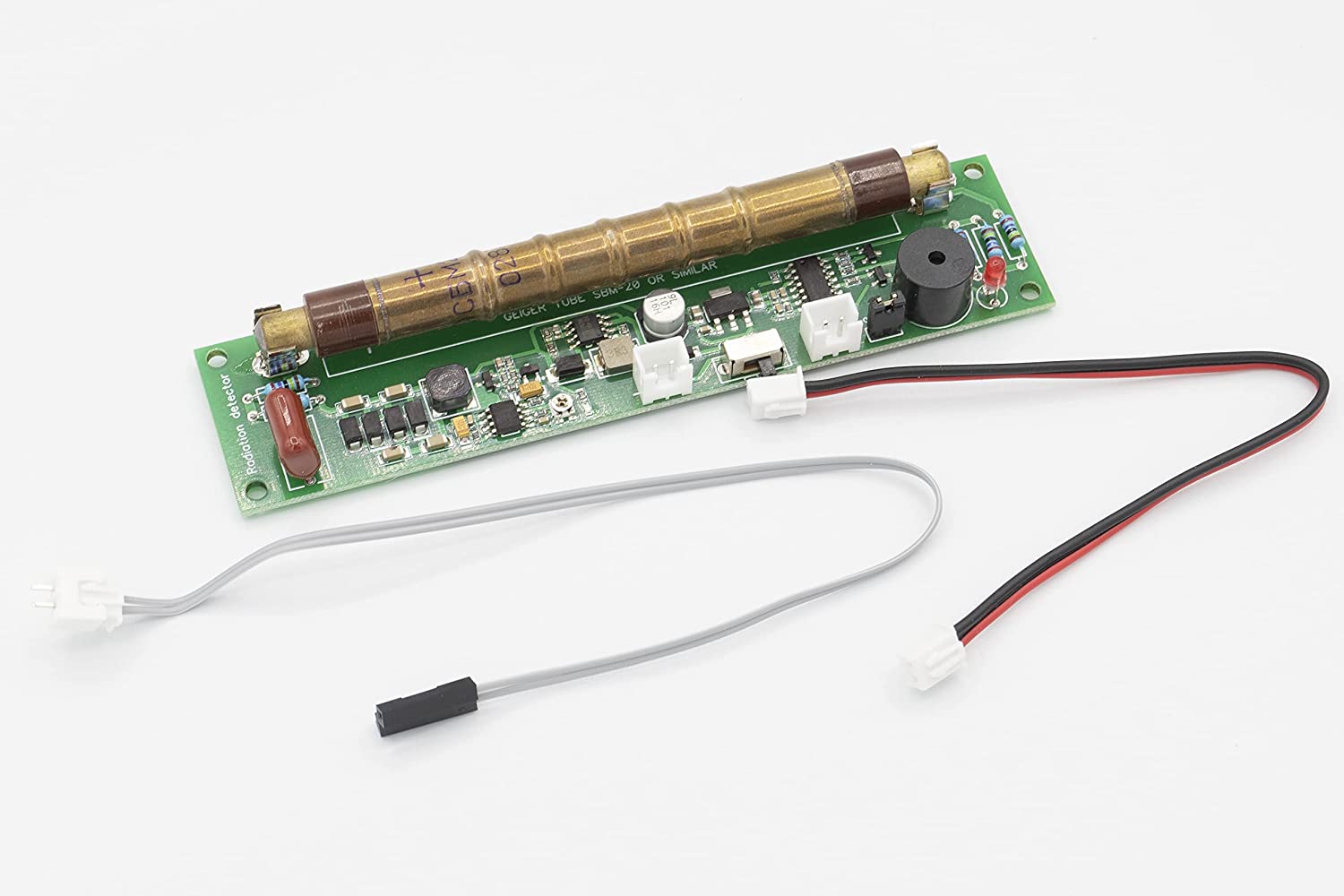Geiger counter GGreg20_V3: maximum radiation that can be measured.
Sometimes readers and users ask questions about the ability of the GGreg20_V3 - Geiger counter module to measure the maximum power of ionizing radiation. Notes.(1) It should be noted that…

